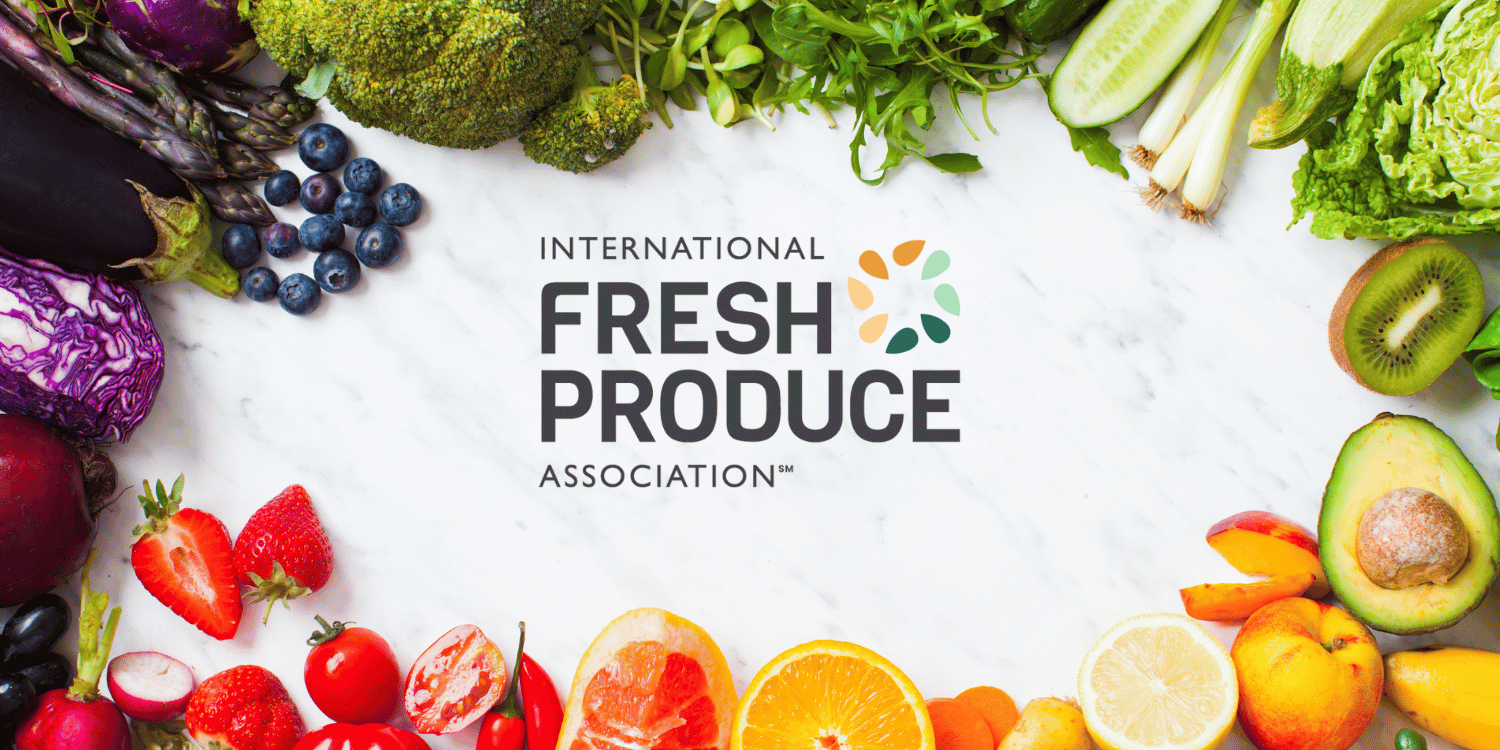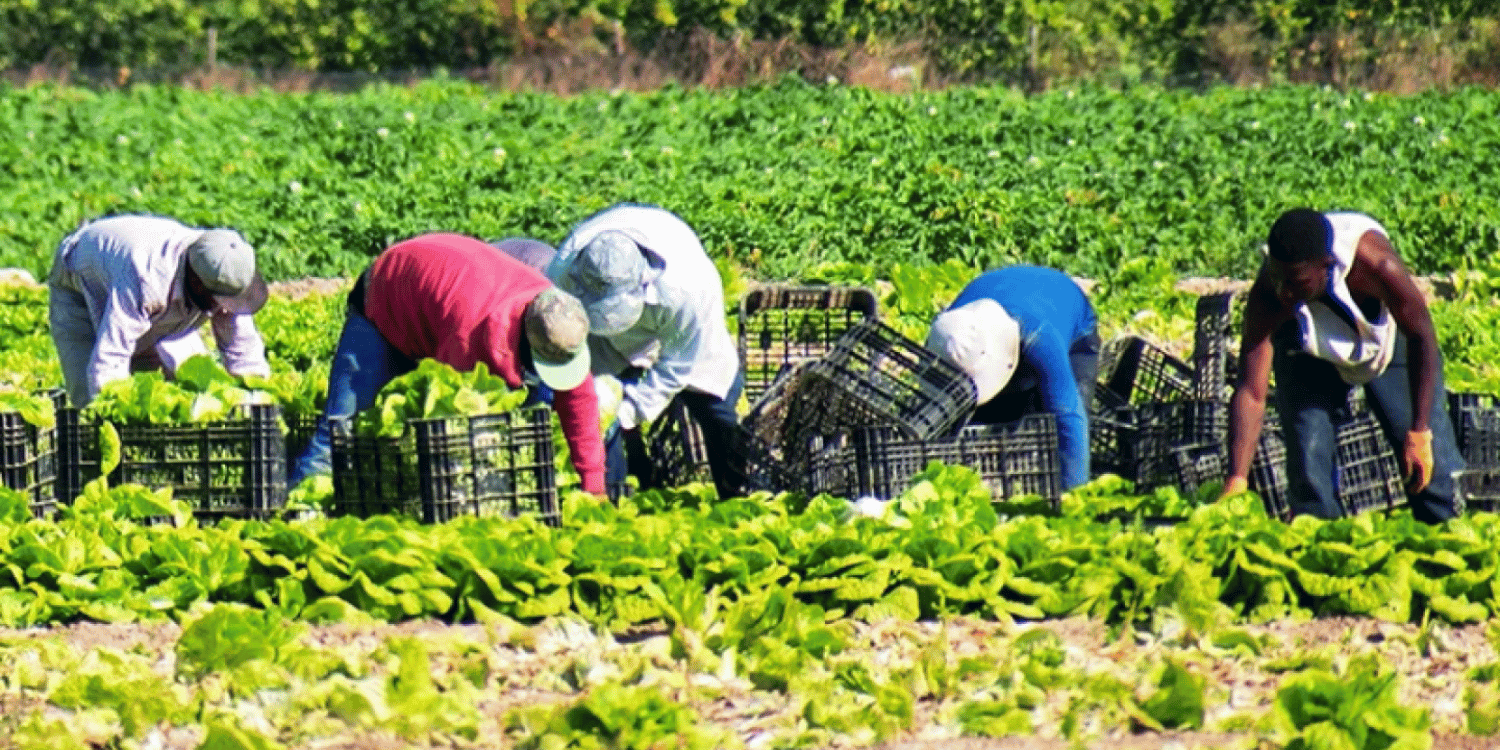In recent years, the global trading environment has undergone significant shifts.
Economic policy changes, particularly trade tariffs, have crucial ramifications for various industrial sectors.
The produce import and export industry is one field directly affected by these alterations.
A clear understanding of how these tariffs influence market dynamics is essential for both importers and exporters.
In this context, the implications of these fiscal policies are profound and varied.
Through this article, we aim to elucidate how trade tariffs shape and impact the international produce trade ecosystem.
- Trade tariffs increase the cost of importing produce.
- These higher costs lead to a reduction in imported goods.
- Domestic produce becomes more competitive due to these tariffs.
- Tariffs open up greater export opportunities for domestic manufacturers.
- However, they also have the potential to instigate trade wars.
While these points provide an understanding of how trade tariffs impact produce import and export, it’s important to not stop here. As we unpack this topic more comprehensively, we will dig in into some pertinent subjects that surround this matter.
In the following sections, I’ll be breaking down the larger implications of trade tariffs, from their effects on global relations to their ripple effect on consumers. I believe that by further expanding your knowledge in these areas, you’ll gain a deeper appreciation of the intricate dynamics of international trade.
Let me tell you, let’s continue our exploration to further clarify the layers of this complex subject. Our future discussions will bring broader context and nuance to what you’ve learned thus far. Stay with me as we continue to break down the complexities of trade tariffs.
Contents
Ways Trade Tariffs Impact Produce Import And Export
1. Increase in Import Costs
In Short: Trade tariffs increase import costs, discouraging businesses from buying foreign goods and potentially raising retail prices for consumers. Shifts in import costs can also affect trading patterns and the overall economic balance, as businesses might consider diversifying trading partners or seek less expensive substitutes.
When discussing the role of trade tariffs, it is important to recognize how they can significantly raise import costs. Tariffs typically represent a percentage of the total value of the product, hence the more expensive the goods, the higher the tariff imposition.
By increasing import costs, tariffs serve as a deterrent for businesses to purchase foreign goods, immediately impacting the supply of these goods within the domestic market.
Furthermore, these higher costs not only affect businesses but also have a potential ripple effect which is mainly translated into higher retail prices, directly impacting consumers at the final level. Price hikes may result in decreased demand for certain items, affecting overall consumption.
Before moving on, let’s visualize some of the key ways in which an increase in import costs can impact businesses, consumers, and the general economy.
- Domestic businesses – may struggle with higher costs of raw materials and machinery required in their production process, which can translate into increased production costs.
- Consumers – could face higher retail prices for imported goods, which can discourage spending and potentially lower living standards due to the decreased purchasing power.
- Economy – import tariffs can be a cause of inflation, due to the higher cost of importing goods and services resulting in an overall price increase in the economy.
In the context of produce, increased import costs due to tariffs may persuade domestic produce industries to rethink their structures. They might have to either source materials locally, which can boost domestic industries, or search for less expensive substitutes from overseas to balance the added costs.
Moreover, it’s equally crucial to understand that established trade routes with international partners could also be affected. Given the higher costs, nations may choose to diversify their trading partners, as they now have a strong economic incentive to import products from countries with which they have managed to negotiate lower tariffs.
The disruption of usual trade patterns can bring about a whole new set of challenges. Importers may face complications related to logistics, regulations, and unforeseen costs when dealing with new trade partners. There often is an inherent risk associated with any change of long-standing trade practices.
It is important to mention that these shifts are not abrupt. It takes significant time and effort to establish new trading relationships, aligning equally valuable conditions than those offered by previous partners.
Finally, we must also recognize that while tariffs are implemented with the intention of protecting domestic industries, they could unintentionally harm other sectors of the economy. For instance, an import tariff designed to protect domestic farmers from inexpensive foreign produce might inadvertently harm a domestic clothing manufacturer that relies on imported materials.
The balancing act between protecting domestic industries and maintaining a healthy, competitive, and diverse marketplace in which local companies can thrive makes the topic of trade tariffs divisive and complex. Therefore, it is crucial that policy decisions in this regard are attentive, measured, and consider the rejuvenated import costs and their impact on the overall economic ecosystem.
2. Reduction in Imported Goods
In Short: Trade tariffs can lead to a significant decrease in imported goods, affecting consumer choice and requiring adaptation from domestic industries. Despite immediate economic growth and job creation, long-term sustainability remains uncertain due to potential strain on local agriculture and lack of diverse produce.
The implementation of trade tariffs traditionally results in a notable decrease in the volume of imported goods.
As trade tariffs increasingly inflate the price of foreign goods, importing these commodities becomes less lucrative over time.
This economic disincentive discourages traders from importing goods, leading to a meaningful reduction in the number of imported goods circulating in the domestic market.
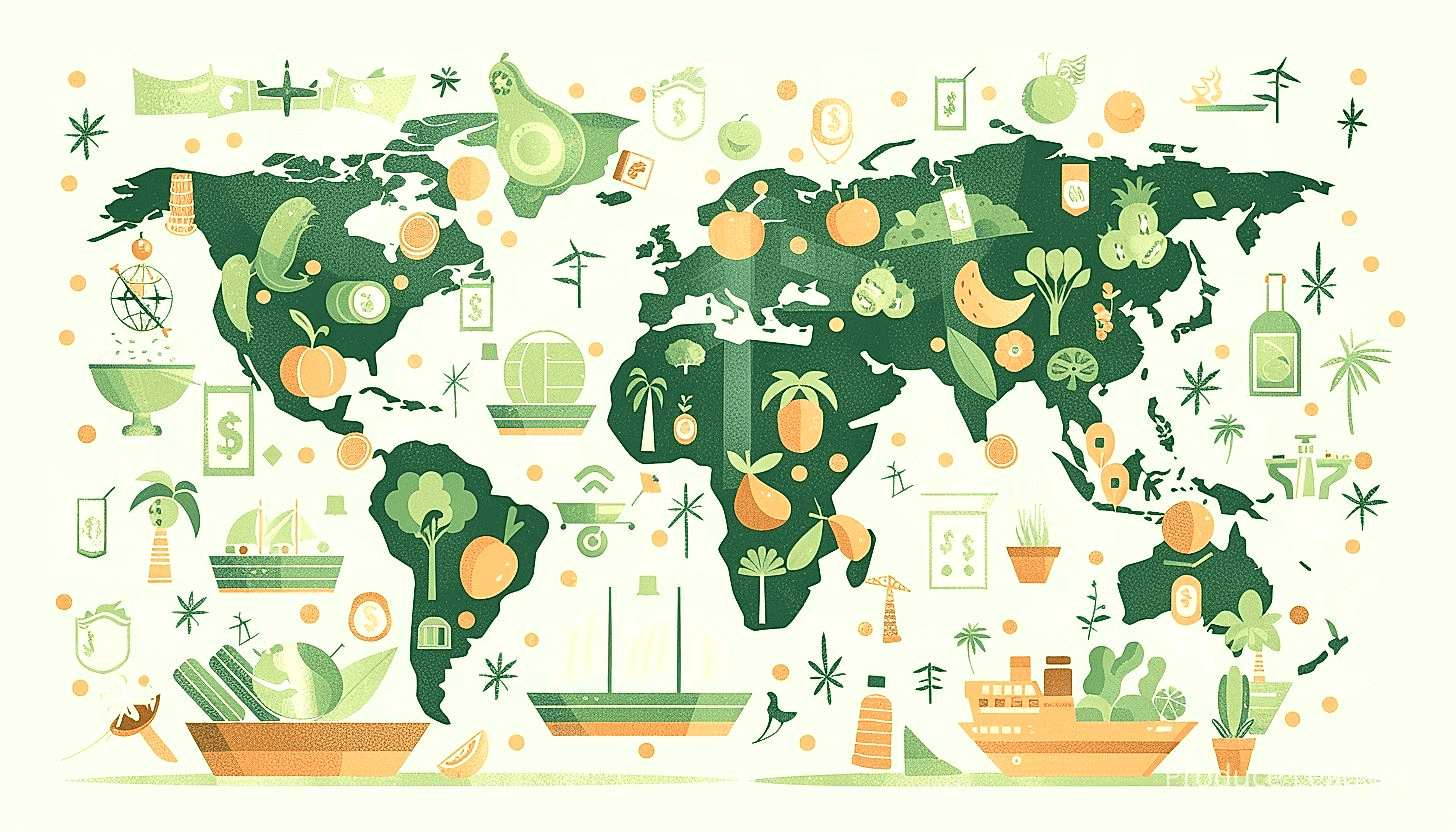
Within the scope of agriculture, tariffs can dramatically impact the import of international produce.
The heightened import costs, largely as a result of the enacted tariffs, essentially price out international produce from the domestic market.
These practices can disrupt international supply chains, redefine consumer shopping habits, and reshape the agriculture industry in profound ways.
It is important to consider a range of factors that may act as consequent to this reduction in imported goods. Let me tell you, here’s a liste of some these factors:
- The availability of diverse produce may diminish, potentially narrowing consumer choice and affecting diets across the nation.
- Domestic producers may be prompted to increase their yield in response to the heightened demand for local produce.
- The necessity for adaptation within these domestic industries may spur innovation and yield diverse, previously unexplored opportunities for growth.
However, it’s important to note that this shift will not come without its challenges.
Sudden boosts in demand for domestic produce may strain local agriculture industries.
Producers may find themselves struggling to keep pace with the volume required for local consumption, leading to increased prices and potential scarcity.
This is especially true in countries where topographical or climatic conditions do not lend themselves to the efficient farming of produce that was previously imported in high volumes.
Moreover, while this may bolster the local economy by creating jobs and fostering economic growth in the short term, the extent to which this may be sustainable in the long run remains uncertain.
Inevitably, the reduction in imported goods due to trade tariffs brings both opportunity and challenge to the table for domestic agriculture industries.
It’s the job of our decision-makers to navigate these complexities in a way that optimizes outcomes for both our farmers and our consumers.
3. Domestic Produce Becomes Competitive
In Short: Trade tariffs can make domestic produce more competitive by increasing the cost of imported goods and stimulating local sales. However, they must be implemented carefully to prevent complacency among domestic producers, ensuring long-term growth and quality in the domestic market.
As trade tariffs increase, the cost of imported produce usually rises in tandem. This gives domestic agricultural products an opportunity to become more competitive.
Higher tariffs on imported goods indirectly provide financial protection to the domestic agricultural sector from international competitors.
During this shift, consumers and businesses typically choose to purchase domestic produce instead of their imported counterparts due to their relative affordability.
The increased demand for domestic produce can lead to economic benefits such as job creation and market expansion for local farmers.
Therefore, trade tariffs can act as a lifeline for domestic industries struggling against the onslaught of cheap imports.
But it’s not entirely idealistic. Implementing tariffs may also lead to the risk of reduced variety in the market if the domestic industry is not diverse or developed enough to match the wide range of produce often imported.
Now, let’s dive deeper into few aspects that make domestic produce more competitive.
- Imposition of tariffs immediately makes imported goods more expensive than the domestically produced counterparts.
- Trade tariffs can encourage consumers to consciously choose local produce over foreign, leading to a rise in domestic sales.
- Increased domestic sales can stimulate the local economy by contributing to job creation and supporting the local farming industry.
- By protecting the domestic market, tariffs may prevent the market saturation common in an environment characterized by cheap imports. This allows domestic producers better control over pricing.
However, it’s important to understand that while these tariffs may protect local industries in the short run, in the long run, they may lead to complacency among domestic producers.
This can result in a lack of innovation, leading to stagnation. Even worse, it can lead to expensive products of lower quality compared to what could be available through imports.
Increasing domestic competition through trade tariffs is a delicate balancing act. It requires careful strategy to ensure it doesn’t lead to complacency and a decline in product quality.
This ensures that the benefits achieved do not merely provide short-term relief but pave the way for long-term growth and sustainability in the domestic market.
Thus, trade tariffs can indeed make domestic produce more competitive. But it must be implemented judiciously to assure the intended benefits come to fruition and not inadvertently harm the very industries they intend to protect.
4. Increase in Export Opportunities
In Short: Trade tariffs, while often increasing import costs, can stimulate domestic industries by making local products more competitive, leading to increased export opportunities. However, the success of this strategy depends on the industries’ ability to improve productivity and quality, requiring strategic planning and patience.
When the conversation turns to trade tariffs, it is easy to get stuck in the perspective of increases in import costs. However, it is essential to consider one significant and potentially positive impact; the increase in export opportunities.
An increase in export opportunities generally means that domestic produce has become more competitive on the international platform. This competitiveness can arise when the foreign import tariffs are reduced, making it more affordable for other countries to purchase goods from us.
Increased tariffs on imported goods may spur local industries to improve their productivity and quality, thereby making them more competitive internationally.
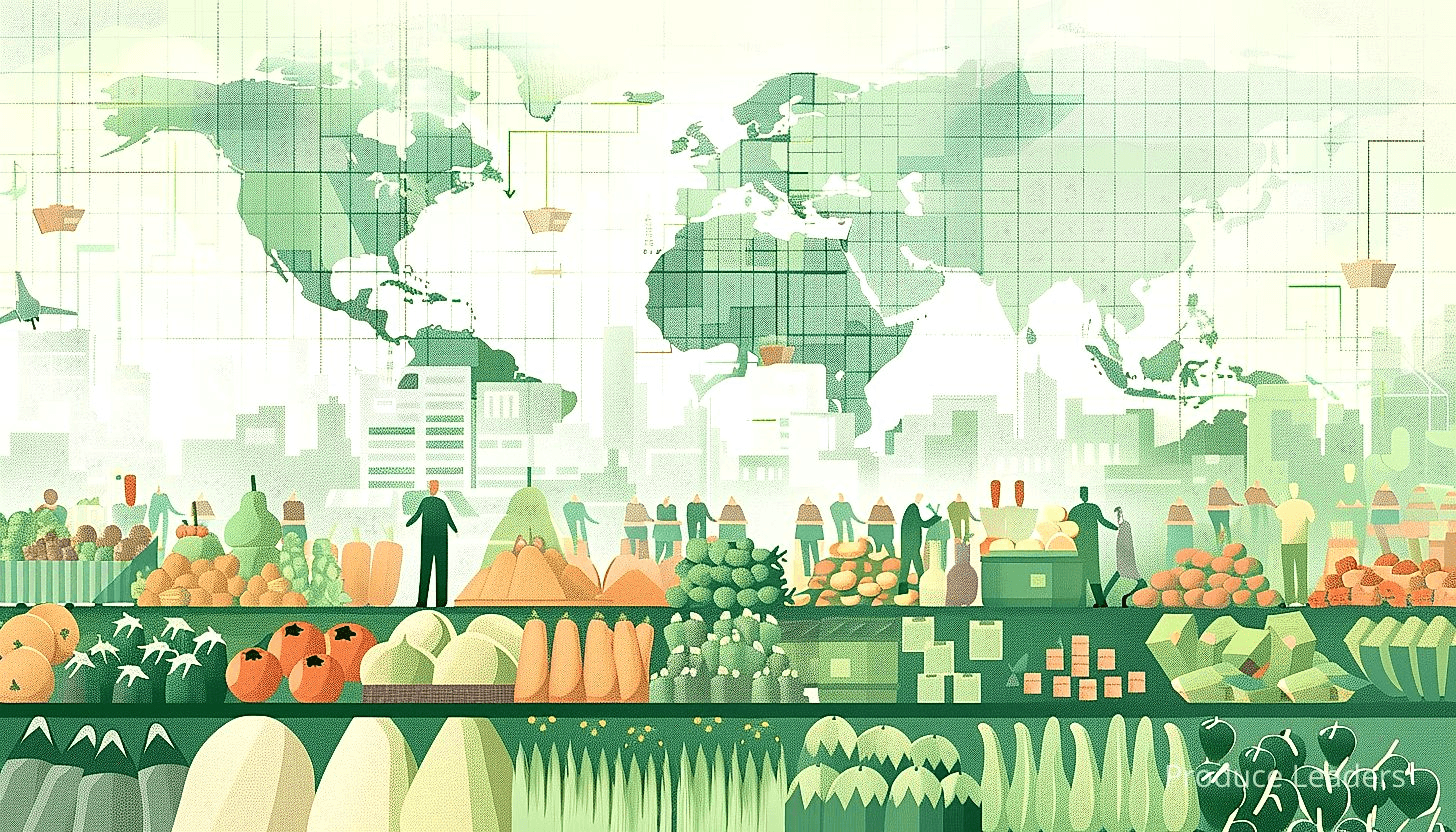
Let’s take a moment to dissect how this works. The implementation of trade tariffs tends to increase the cost of imported goods. Consequently, consumers might find it more cost-effective to purchase domestic produce, thus favoring local industries over foreign ones.
In other words, a scenario is created where local producers are motivated to increase their output, thus increasing the possibility of having surplus produce for exportation. This domestic productivity surge can lead to an intensified presence in the international market.
To bring this concept closer to home, here are some sample scenarios that could occur:
- Enhanced Domestic Market: With increased tariffs, local products become more cost-effective, potentially causing a surge in domestic demand. This surge can stimulate local industries to improve their output quality and quantity.
- Foreign Market Penetration: As the quality and quantity of local production increases, there are more chances for these products to penetrate foreign markets, hence creating more export opportunities.
- Spurring Innovation: Furthermore, the increased competition can spark innovation within local industries, leading to the creation of unique products that have a competitive edge in the foreign market.
By sense, tariff imposition might seem like a strategic move to protect domestic industries from foreign competition. However, it’s important to acknowledge that this benefit might take some time to manifest itself.
It is because industries need time to adjust their production capacities. Also, integrating into foreign markets and establishing trade relations isn’t an overnight process. Thus, patience and strategic planning are essential in this regard.
Moreover, the success of this strategy heavily relies on the local industries’ ability to improve their productivity and match the quality of imported goods. Without this, consumers may still prefer imported goods despite the increase in cost, leading to the fruitless imposition of tariffs.
Nevertheless, even with all these caveats, it is undeniable that trade tariffs can provide a significant impetus for domestic industries to enhance their production capacity and simultaneously open up new export avenues.
Let me tell you, while the discourse on trade tariffs often fixates on the potential disadvantages, it’s also essential to highlight the potential positive effects including an increase in export opportunities for domestic industries.
5. Potential for Trade Wars
In Short: Trade tariffs can inadvertently instigate trade wars between nations, leading to global economic instability, strained relations and an unfavorable operating environment for businesses. While initially protective to domestic industries, the resultant retaliatory tariffs and potential disruptions to entire value chains underscore the complexities and far-reaching consequences of these policies.
Trade tariffs inherently have a potential for sparking trade wars between nations.
It is crucial to note that what begins as an effort by a country to protect its domestic industries through the imposition of tariffs on imported goods, can inadvertently escalate into a tit-for-tat action.
In such a scenario, the trading partner imposed upon often retaliates with its own set of tariffs.
This escalation of events easily spirals into a trade war.
Indeed, the realm of trade and economics is more interwoven and sensitive than it may initially appear.
By increasing tariffs on imported goods, nations indirectly peck at the economic stability of their trade partners.
It is not surprising that such moves are met with retaliatory tariffs in a bid to level the playing field.
Here are some of the potential impacts of a trade war, triggered by the imposition of import tariffs:
- Economic instability: As countries start implementing tariffs in retaliation, global markets may experience periods of instability and unpredictability.
- Strained diplomatic relations: Trade wars can adversely impact the fostering diplomatic relations between countries.
- Unfavorable operating environment: With frequent policy changes, businesses are left in an unfavorable operating environment impacting their growth and profitability.
Historically, trade wars have been deemed more harmful than beneficial due to their unpredictability and potential to hurt both the aggressor and the one retaliating.
Through this lens, tariffs are not merely about import and export; they influence a nation’s international relations, economy, and political stability.
Particularly in the sphere of produce import and export, trade wars have the potential to disrupt an entire value chain in the agricultural sector.
Right from the farmer who harvests the produce, to the end consumer who purchases it from a store.
Pro Tip: To avoid sparking a trade war, deeply consider the global implications before imposing tariffs on imported goods in the aim to protect domestic industries.
The dynamics of how tariffs on produce import and export can lead to trade wars is highly complex, making it challenging for policymakers to devise strategies that factor in these possible far-reaching consequences.
Therefore, while the idea of protecting domestic industry may initially sound appealing, it is essential to bear in mind the potential global implications that may come into play.
6. Impact on International Relations
In Short: Trade tariffs, seen as economic barriers and potential signs of aggression, can strain international diplomatic relations and escalate to trade wars. These tariffs can prompt economic retaliation, shift alliances, impact aid relationships, and affect both developing and developed nations differently, highlighting the interconnected nature of the global economy.
One of the critical considerations in implementing trade tariffs is the direct impact they might have on international relations.
These tariffs are essentially economic barriers set up between countries and can lead to strain in diplomatic ties.
They are often interpreted as a sign of aggression or protectionist tendencies, potentially escalating to full-blown trade wars.
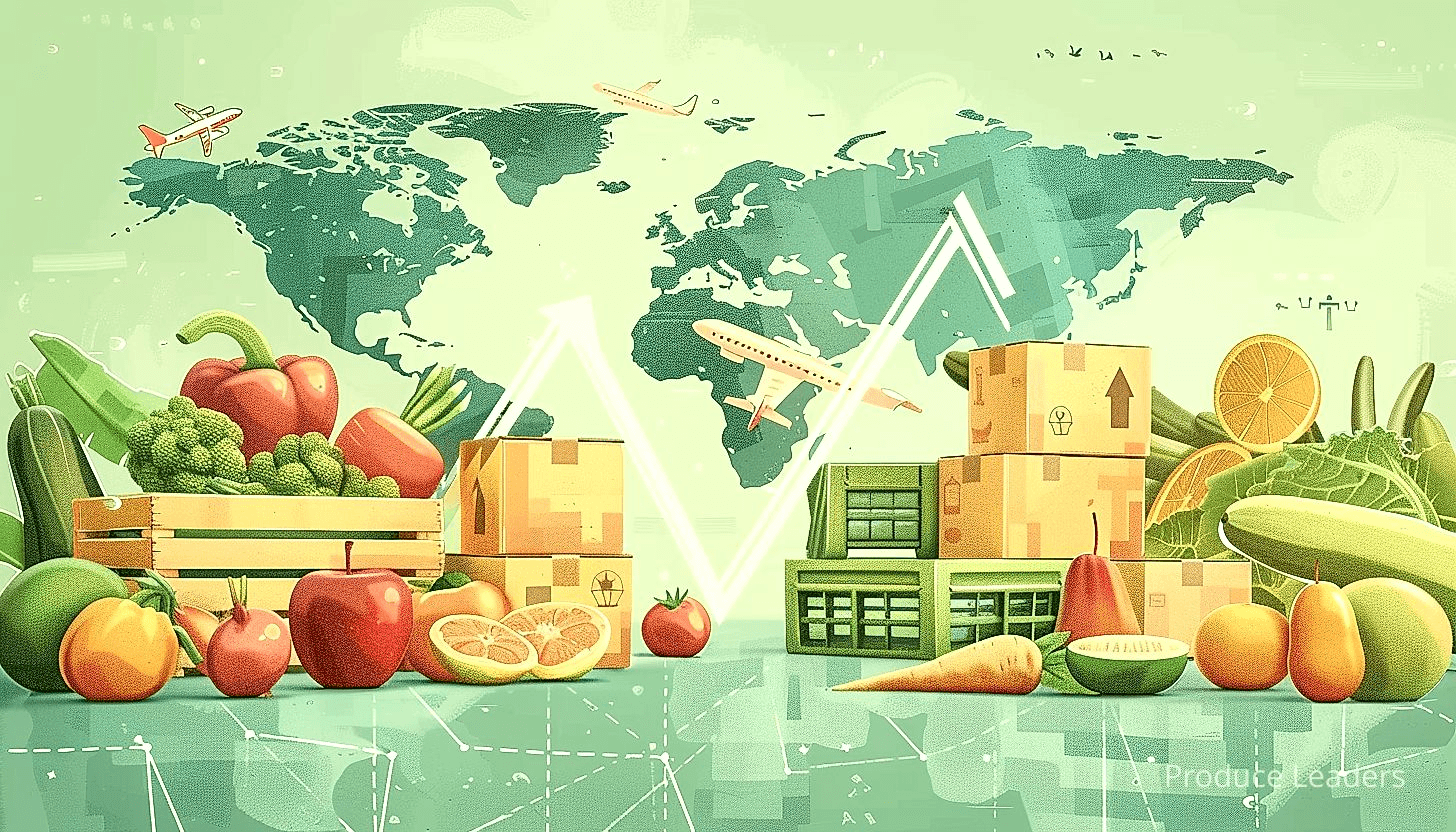
No country exists in isolation, and it is nearly impossible to function without relying on global trade.
Consequently, trade tariffs could have ripple effects that impact other areas of international relations, such as political alliances, partnerships, and even peace treaties.
Here are some examples of how trade tariffs can impact international relations:
- Economic Retaliation: Countries targeted by tariffs may choose to retaliate by imposing their own tariffs or economic sanctions. This can lead to a cycle of escalating financial penalties that harm both economies and strain diplomatic relations.
- Shifts in Alliances: Over time, countries affected by tariffs may start looking for other trading partners, leading to shifts in global alliances. This could lead to long-term geopolitical changes.
- Impacting Aid and Development Relationships: Countries receiving aid or involved in development projects could see these relationships strained by tariffs. This can impact everything from humanitarian efforts to infrastructure development.
It’s important to note that these potential effects can vary dramatically depending on the specific circumstances, including the countries involved, the goods being imported and exported, and existing diplomatic and economic relationships.
For instance, developing nations might be more susceptible to the impacts of trade tariffs, especially if they depend on exports to developed countries.
On the flip side, developed countries that rely on imports for certain resources may face inflation and increased costs for consumers.
Therefore, while the imposition of trade tariffs might be seen as a way to encourage domestic industry and protect jobs, their broader impact on international relations needs to be considered as well.
Decision-makers need to recognise that the global economy operates on the principle of interdependence.
Important: Trade tariffs could potentially strain diplomatic ties between countries, leading to full-blown trade wars, and have ripple effects that impact other areas of international relations, such as political alliances, partnerships, and peace treaties.
Any attempts to undermine this principle through unilateral actions like trade tariffs are likely to meet with resistance, leading to potential retaliation and broader impacts on international diplomatic ties.
In any case, the long-term sustainability of such actions is debatable, given the increasing globalization of trade and the countervailing advantages of free trade for economic growth, technological progress, and global stability.
7. Increase in Market Volatility
In Short: Trade tariffs significantly increase market volatility, notably affecting import/export sectors and causing fluctuations in areas such as agriculture, manufacturing, and retail. This volatility can discourage investment, strain small businesses, disrupt currency exchange rates, and provoke a domino effect that potentially slows economic growth globally.
The imposition of trade tariffs inevitably leads to a significant increase in market volatility.
This volatility can be witnessed in various sectors, especially those relating to import and export of produce.
Trade tariffs introduce an element of unpredictability to the market, making it challenging for businesses to strategically plan their operations.
- Agriculture and farming: farmers experiencing changes in demand due to newly implemented tariffs.
- Manufacturing: producers grappling with higher raw material costs.
- Retail: businesses factoring in increased prices of goods.
Some of the sectors experiencing fluctuations might include:
This increased volatility can have far-reaching implications beyond just the affected sectors.
It sets off a domino effect, causing fluctuations in the stock market, affecting investors, and potentially leading to a slowdown in economic growth.
Volatility can act as a deterrent to foreign investors, who might view the unpredictable market as a hostile environment to invest in.
It also puts a great deal of strain on small businesses and start-ups that might not have the resources to weather such fluctuations.
The manifestation of this volatility also extends to currency exchange rates, disrupting foreign trade and posing a threat to global economic stability.
Higher volatility could potentially lead to a weaker currency, making imports more expensive and causing inflation to rise.
This rise in inflation could, in turn, lead to higher interest rates which would further discourage investment.
A key component of a stable economy is a predictable market.
Variability in the market due to trade tariffs introduces an element of risk that is not appealing to businesses, investors, or consumers.
The effects of trade tariffs are not only felt domestically but they reverberate internationally, impacting relationships between trading partners.
Thus, while tariffs might serve as useful tools to protect domestic industries in the short term, their role in increasing market volatility may yield negative impacts on the broader economic environment in the long term.
The Bottom Line
Trade tariffs undeniably influence the landscape of produce import and export.
Their impact is marked by changes in the prices of fruits and vegetables, disruptions in supply chains, and even potential shifts in dietary habits among consumers.
However, it is significant to understand they also present opportunities for domestic producers to harness their competitive advantage and fortify local markets.
The effects of trade tariffs on produce import and export are indeed multi-pronged and deserve in-depth analysis by all stakeholders to navigate potential trade-offs and harness opportunities.



